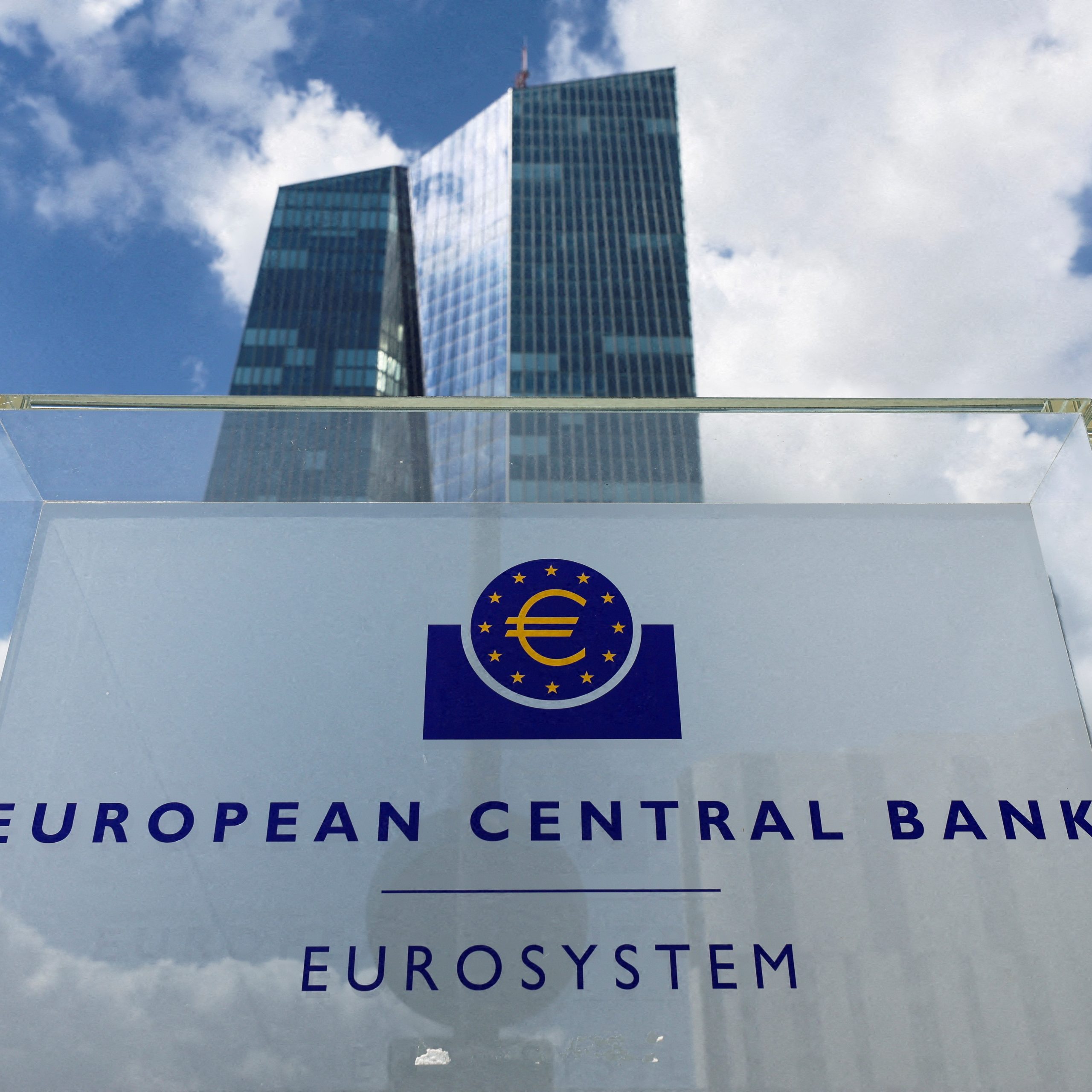The Eurozone is on the brink of another economic downturn, a situation that’s causing frowns in financial circles and beyond. The European Central Bank (ECB) Vice-President, in a rather blunt speech, cautioned against optimism, highlighting a looming contraction and persistent inflation. This landscape paints a rather somber picture for the Eurozone’s economy, reflecting a challenging period that lies ahead.
Economic Headwinds and Inflationary Gusts
Let’s cut to the chase: the ECB isn’t beating around the bush when it talks about the economy. We’re staring down the barrel of a downturn in the fourth quarter. Luis de Guindos, the ECB’s vice-president, isn’t one for sugarcoating. In Madrid, he laid it out plain and simple: the disinflation we saw last year is hitting the brakes in 2024. Prices started to climb, jumping from 2.4% in November to 2.9% in December. These aren’t just numbers on a page; they’re warning signs flashing in neon.
But here’s where it gets tricky. The ECB is caught in a bit of a bind. They’ve got a meeting on January 25, and the big question is: when do we start cutting rates? The economy’s not exactly in top form, and inflation’s still playing hardball, hovering above the ECB’s 2% comfort zone. Economists and investors might be optimistic about hitting that target this year, but the ECB’s crystal ball doesn’t see it happening until the third quarter of 2025.
Navigating the Monetary Policy Maze
So, what’s the ECB’s game plan? De Guindos is keeping his cards close to his chest. The official stance is all about data-dependent decisions – a fancy way of saying they’re playing it by ear. And let’s not forget about the Harmonised Index of Consumer Prices. It’s like the economy’s pulse, and right now, it’s not giving us the steady beat we want to hear.
Carsten Brzeski, an economist at ING, thinks the ECB might hold off on rate cuts in the first quarter. De Guindos’s comments about inflation don’t exactly scream ‘cut the rates now.’ He’s looking at Spain as a crystal ball, where inflation did a bit of a rollercoaster – dropping below 2% then soaring above 3% when energy subsidies got the axe. He’s predicting a similar pattern for the Eurozone, thanks to energy subsidies winding down and some positive energy base effects.
Let’s not forget, the Eurozone economy has been more of a crawl than a sprint. Last year was pretty stagnant, and it even shrunk a bit in the three months to September. Sure, there’s talk of a mild recovery this year, but De Guindos isn’t putting on the party hats just yet. He’s using words like ‘disappointing’ and ‘slowdown,’ especially in construction and manufacturing. And services? They’re expected to take a hit too.
The gloominess isn’t just De Guindos’s view. It’s backed up by the S&P Global PMI index, which keeps a finger on the pulse of business activity. It’s still in the contraction zone, which is not where we want to be. And while the ECB is pushing back against rate cut chatter, they’re waiting to see wage pressures cool off before breathing a sigh of relief about inflation.
And then there’s the labor market. It’s been pretty resilient, but there are cracks starting to show. Hours worked are down, and job vacancies aren’t what they used to be. Isabel Schnabel, another bigwig at the ECB, says it’s too early to even think about rate cuts. The ECB’s keeping its rates steady for now, waiting for more data before making a move.
So, what’s the bottom line? The Eurozone’s economic outlook isn’t exactly rosy. Inflation’s easing up, but it’s still a thorn in our side. The ECB’s game plan? Stay vigilant, keep an eye on geopolitical tensions, and don’t start celebrating just yet. The road ahead is bumpy, and it’s going to take some serious navigating to get the Eurozone economy back on a smooth path.





